Since its founding in 2003, Tesla has done more than just build electric cars—it has sparked a seismic shift across the entire automotive and energy industries. Under the leadership of Elon Musk, the company has challenged long-standing norms, redefined performance standards, and accelerated the global transition to sustainable energy. From revolutionizing battery technology to reshaping how vehicles are sold and updated, Tesla’s influence extends far beyond its sleek Model S or futuristic Cybertruck. In this article, we’ll explore 10 times Tesla changed the industry, leaving a lasting mark not just on competitors, but on the future of transportation itself.
Introduction of the Tesla Roadster
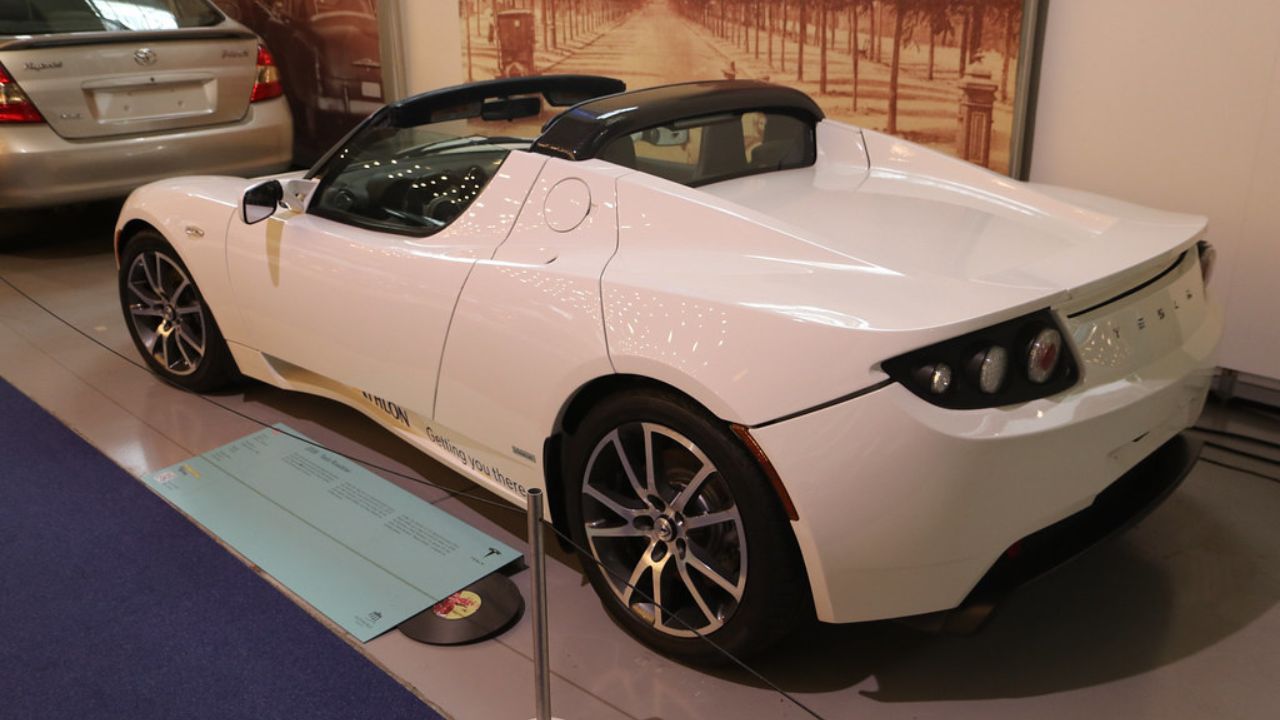
The release of the Tesla Roadster in 2008 marked a pivotal moment in the automotive industry. As the first entirely electric sports car, it shattered stereotypes about electric vehicles being slow and impractical. With a top speed of over 200 mph and a range of 245 miles on a single charge, the Roadster demonstrated that electric cars could be both fast and viable for everyday use.
This innovation laid the foundation for Tesla’s future endeavors. The Roadster attracted attention from automotive enthusiasts and environmental advocates alike, proving that electric cars could compete with traditional gas-powered vehicles in both performance and design.
Launch of the Model S

In 2012, Tesla introduced the Model S, a luxury sedan that set new standards for electric vehicles. With its sleek design, impressive range, and advanced technology, the Model S appealed to a broader market and established Tesla as a formidable player in the automotive industry. The car’s long-range capability, exceeding 300 miles on a single charge, addressed range anxiety, a significant barrier to electric vehicle adoption.
The Model S also featured a large touchscreen interface, redefining in-car user experiences. It was the first electric vehicle to receive Motor Trend’s Car of the Year award, solidifying Tesla’s reputation for innovation and quality in the auto industry.
Advancements in Autopilot Technology
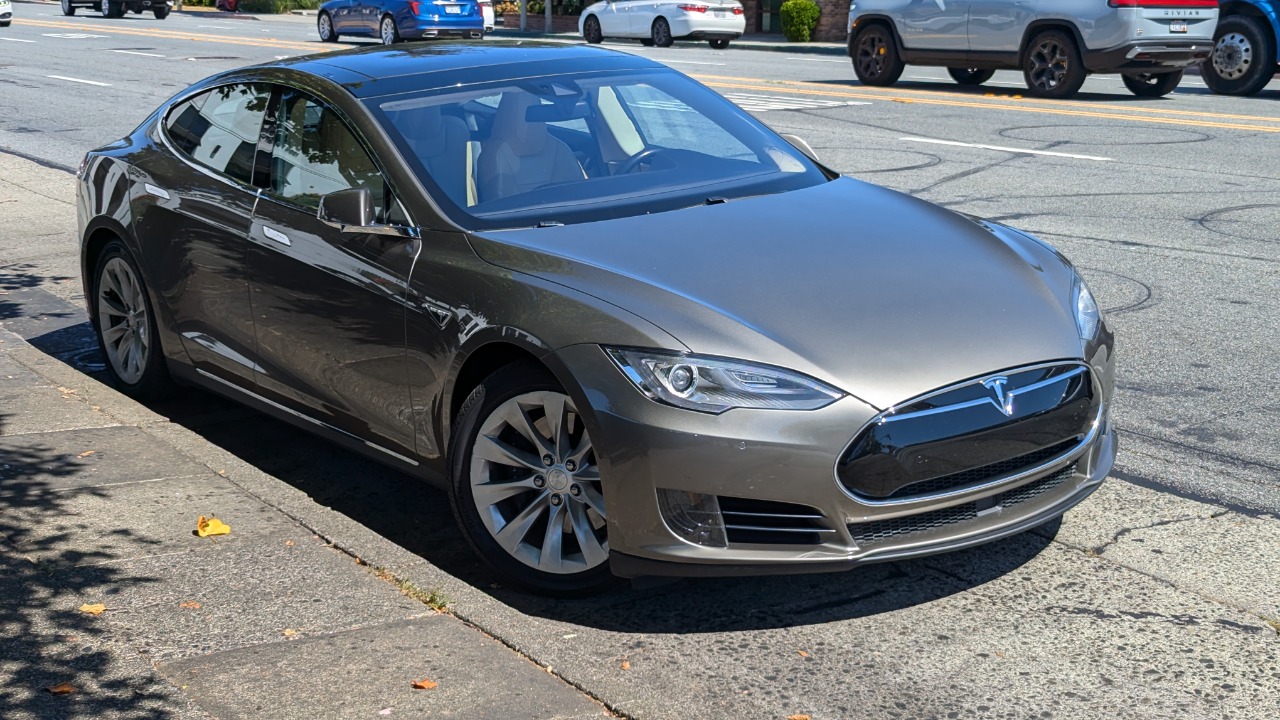
Tesla’s Autopilot technology has been a game-changer in driver assistance systems. Introduced in 2014, Autopilot offered features like lane centering, adaptive cruise control, and automated lane changes, elevating the standard for semi-autonomous driving. Tesla continuously updates Autopilot software, enhancing existing features and adding new capabilities such as Navigate on Autopilot and Smart Summon.
These advancements not only underscore Tesla’s commitment to innovation but also push the entire industry toward the future of autonomous driving. Tesla’s data-driven approach and neural network provide a robust platform for continued development, setting the standard for competitors.
Gigafactory Innovations
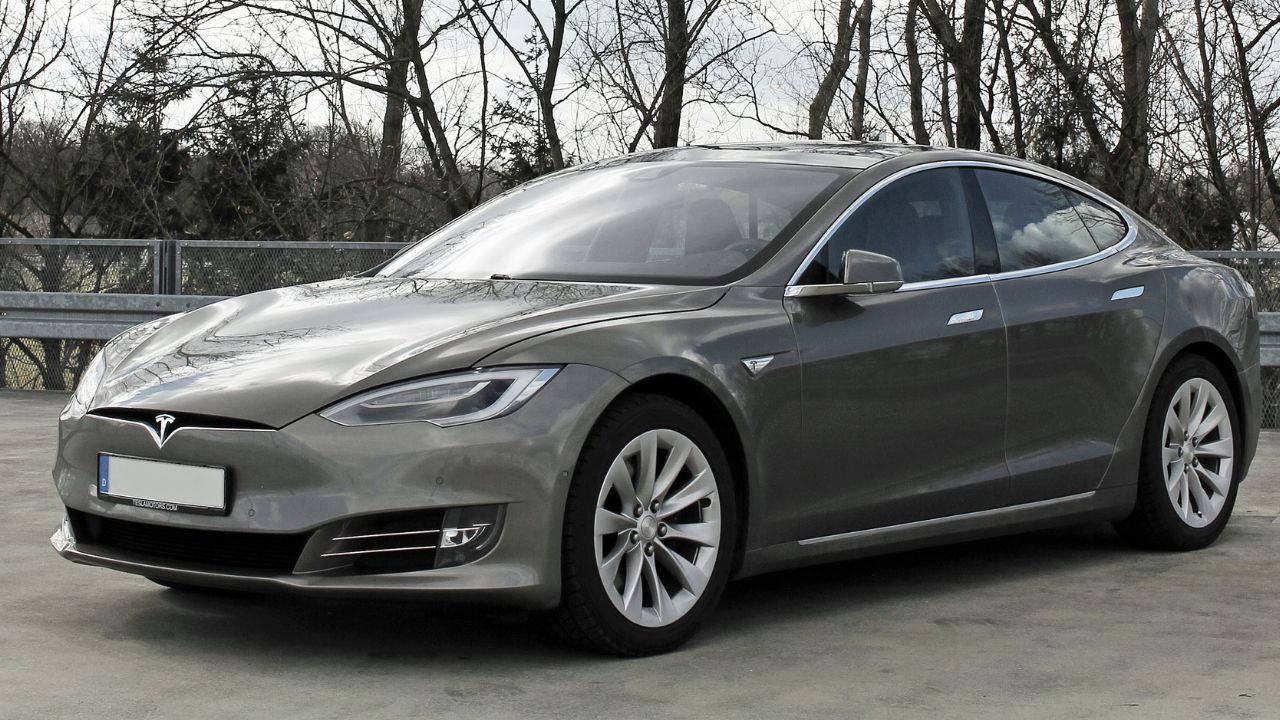
Tesla’s Gigafactories are revolutionizing manufacturing with their unprecedented scale and efficiency. The first Gigafactory, located in Nevada, began production in 2016 and was designed to reduce battery cell costs by producing them in-house. This vertical integration strategy helps Tesla lower costs and improve production speed, directly impacting the affordability and availability of electric vehicles.
The Gigafactory model has been replicated globally, with facilities in Shanghai, Berlin, and Austin, further solidifying Tesla’s leadership in sustainable manufacturing. These factories play a critical role in meeting the growing demand for Tesla vehicles and energy products worldwide.
Launch of the Model 3
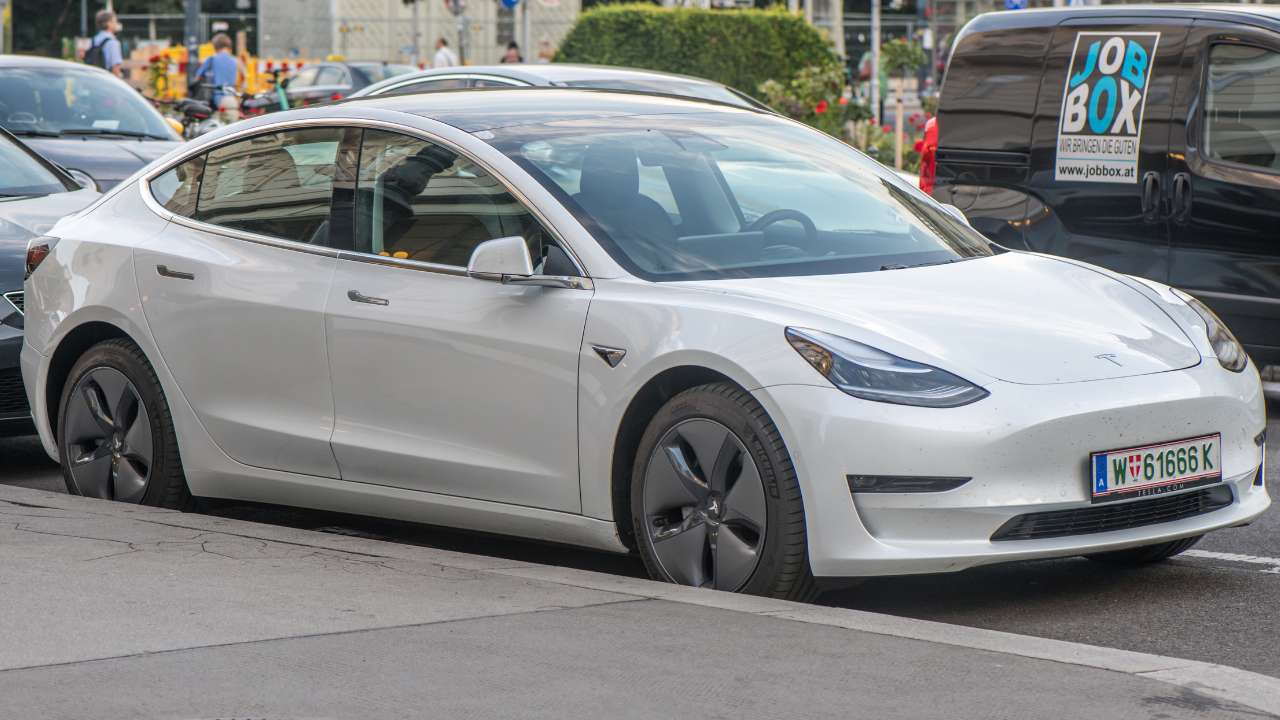
The launch of the Model 3 in 2017 was a significant milestone, making electric vehicles accessible to the mass market. With a starting price around $35,000, the Model 3 aimed to deliver the performance and technology of Tesla’s earlier models at a more affordable price point. The vehicle’s rapid acceleration, impressive range, and minimalist design captured the attention of consumers worldwide.
The Model 3’s success helped Tesla achieve its mission of accelerating the world’s transition to sustainable energy. It quickly became the best-selling electric vehicle globally, demonstrating consumer demand for affordable, high-quality electric cars.
Pioneering Over-the-Air Software Updates

Tesla revolutionized vehicle maintenance and enhancement through its over-the-air software updates. This technology allows Tesla to roll out new features, fix bugs, and improve vehicle performance without requiring a visit to the service center. From range improvements to entertainment features like Tesla Arcade, these updates keep vehicles up-to-date and enhance owner experience.
Over-the-air updates have set a new industry standard, prompting other automakers to adopt similar technologies. This capability ensures Tesla vehicles remain cutting-edge long after purchase, offering a unique value proposition to consumers.
Revolutionizing Battery Technology

Tesla’s advancements in battery technology have been instrumental in driving the electric vehicle market forward. The development of the 2170 battery cells, used in the Model 3 and Model Y, increased energy density and reduced costs, contributing to the affordability of Tesla vehicles. Tesla’s research into battery technology aims to achieve greater range, faster charging, and longer battery life.
Furthermore, Tesla’s investment in battery recycling and sustainability initiatives underscores its commitment to environmentally friendly practices. These efforts have positioned Tesla as a leader in battery innovation, influencing industry standards and practices.
Launch of the Model Y

The Model Y, unveiled in 2019, expanded Tesla’s lineup into the crossover SUV market. Combining the spaciousness and versatility of an SUV with the performance and efficiency of electric power, the Model Y quickly gained popularity. Its shared platform with the Model 3 allowed for cost efficiencies, making it a competitive option in the burgeoning electric SUV segment.
The Model Y’s success is a testament to Tesla’s ability to innovate across vehicle categories. Its growing sales figures highlight consumer demand for electric SUVs and reinforce Tesla’s position as a leader in the electric vehicle market.
Breakthroughs in Energy Storage Solutions
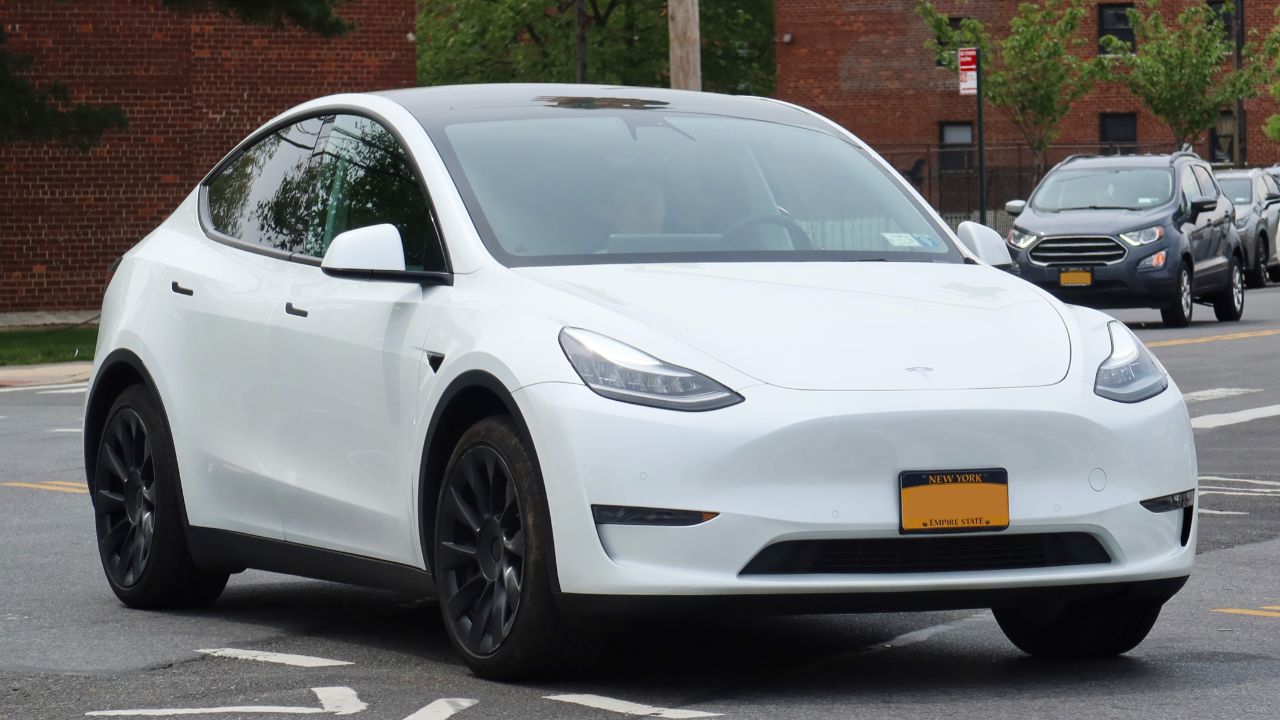
Tesla’s impact extends beyond automobiles, with significant contributions to energy storage solutions. The Tesla Powerwall, Powerpack, and Megapack products offer scalable energy storage options for homes, businesses, and utilities. These solutions help stabilize power grids, integrate renewable energy sources, and provide backup power.
Tesla’s energy storage innovations have facilitated the transition to renewable energy, offering sustainable solutions to energy challenges. By investing in energy storage technologies, Tesla is paving the way for a more resilient and sustainable energy future.
Expansion into Solar Energy Solutions
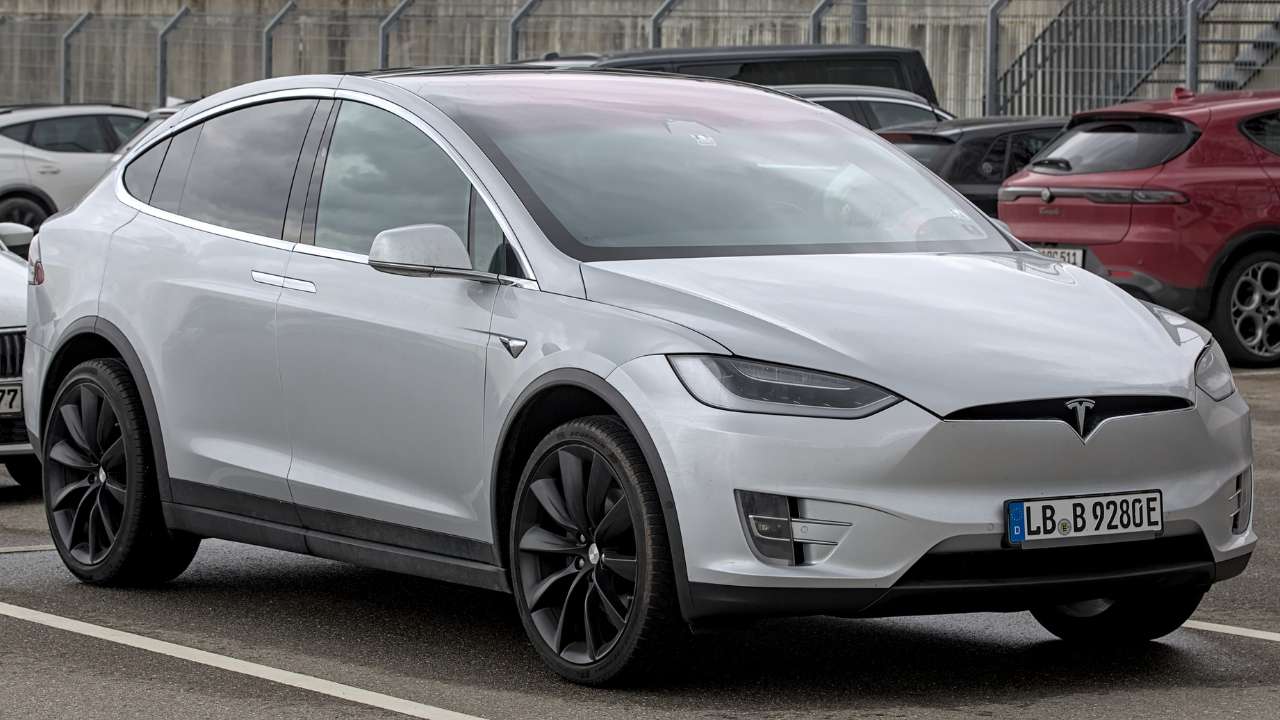
Tesla’s acquisition of SolarCity in 2016 marked its entry into the solar energy market. The company has since developed innovative solar products like the Solar Roof, which integrates seamlessly with existing roofs and provides clean energy. Tesla’s solar solutions aim to make renewable energy more accessible and aesthetically pleasing.
By combining solar energy with its energy storage products, Tesla offers a comprehensive solution for sustainable energy consumption. This expansion into solar energy underscores Tesla’s commitment to sustainability and its vision of a future powered by renewable energy.
Like Fast Lane Only’s content? Be sure to follow us.
Here’s more from us:
*Created with AI assistance and editor review.

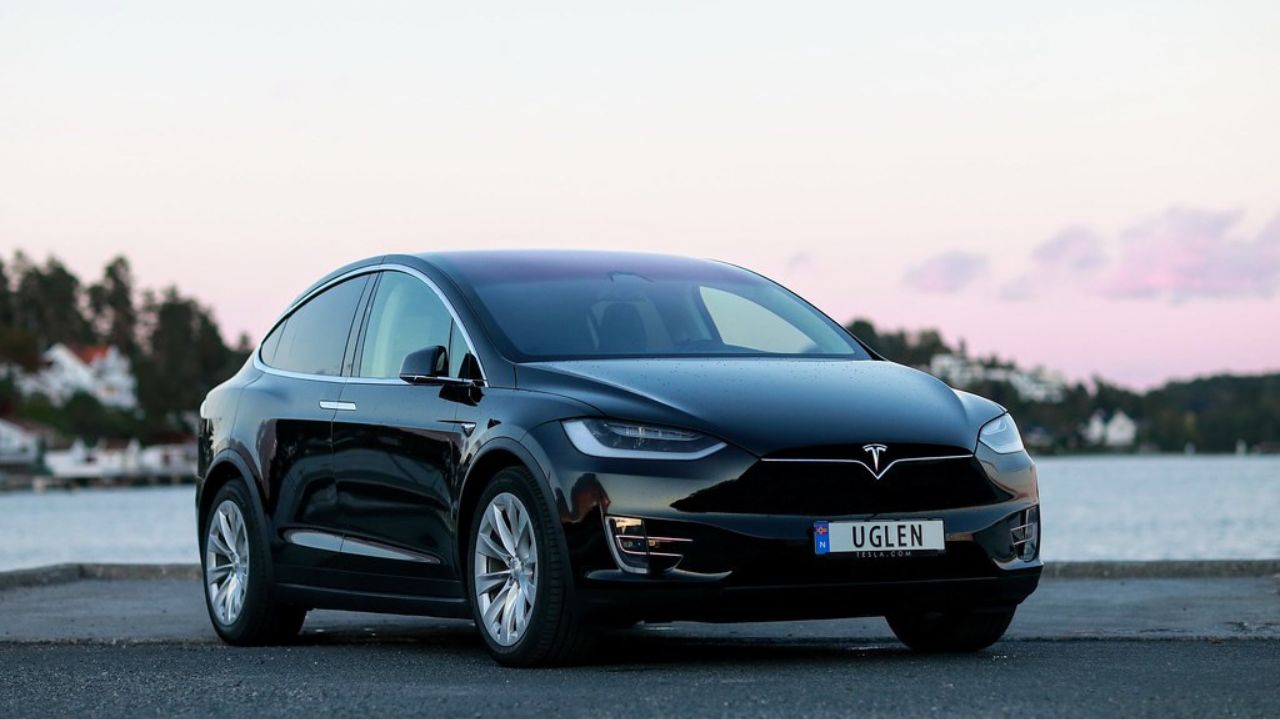
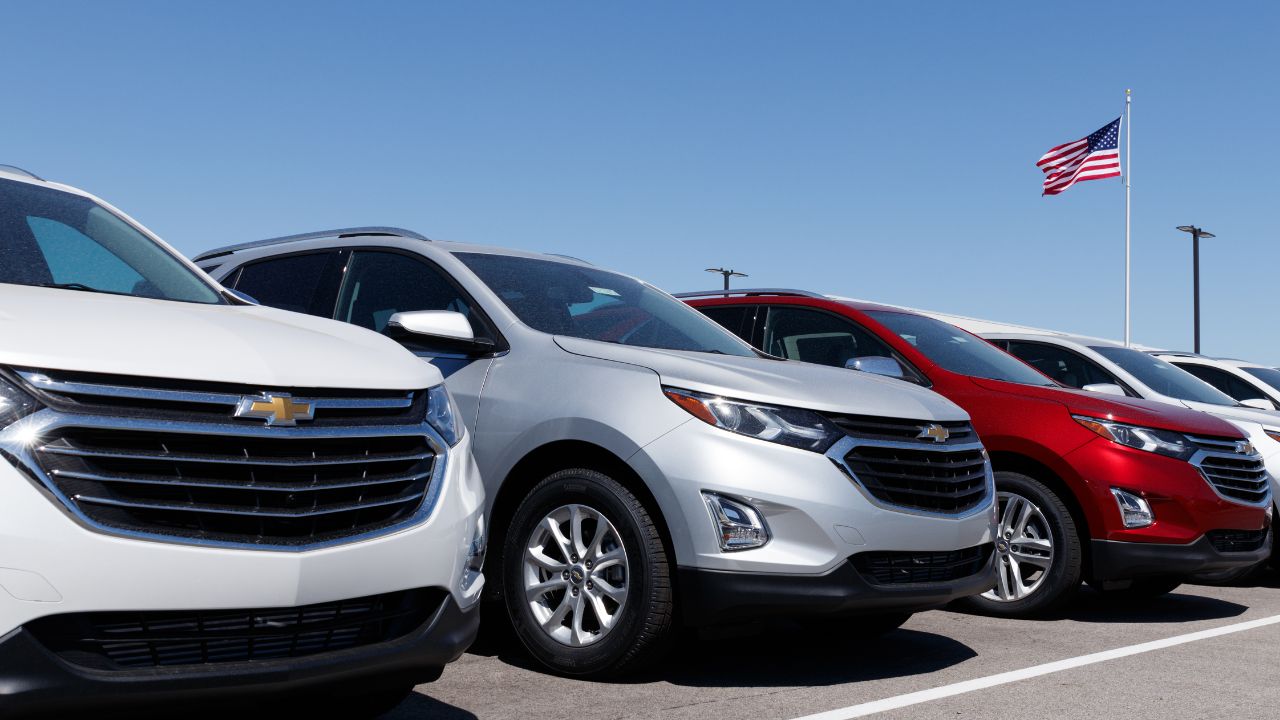




Leave a Reply